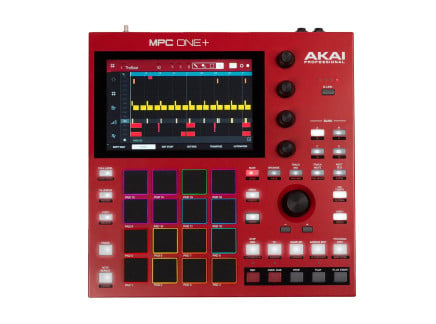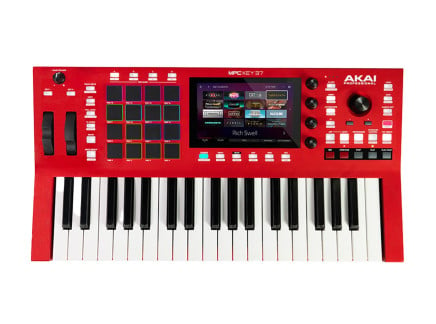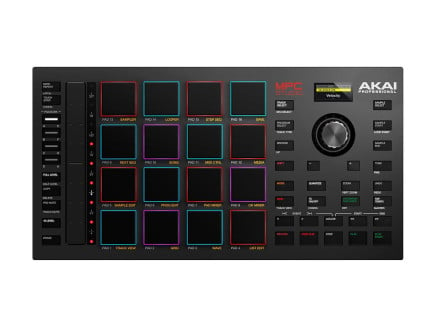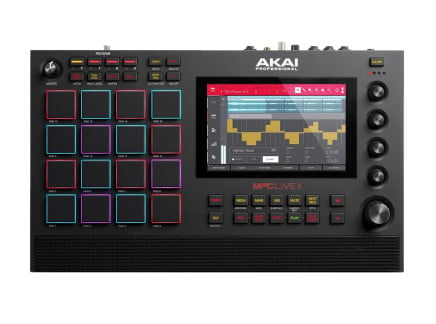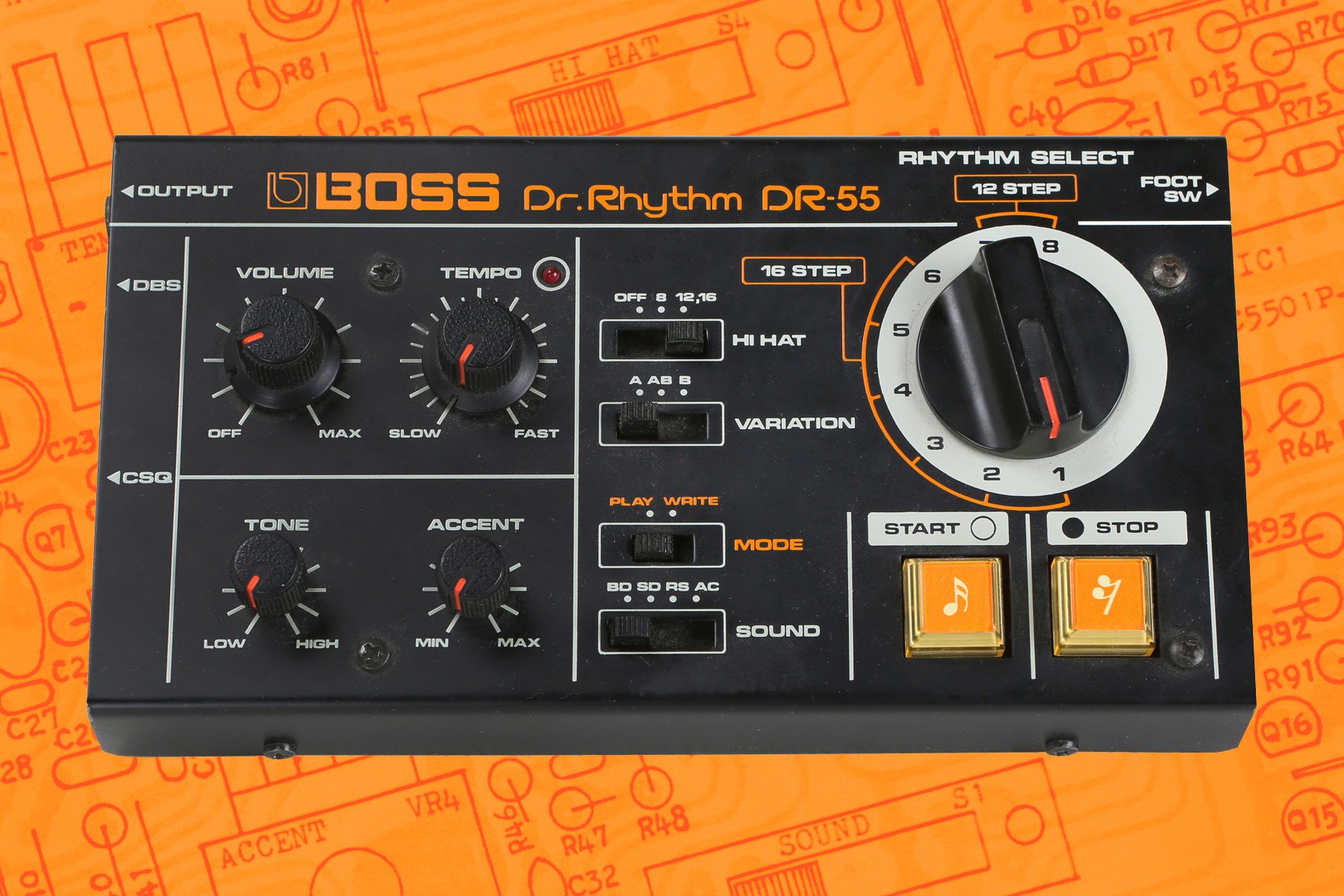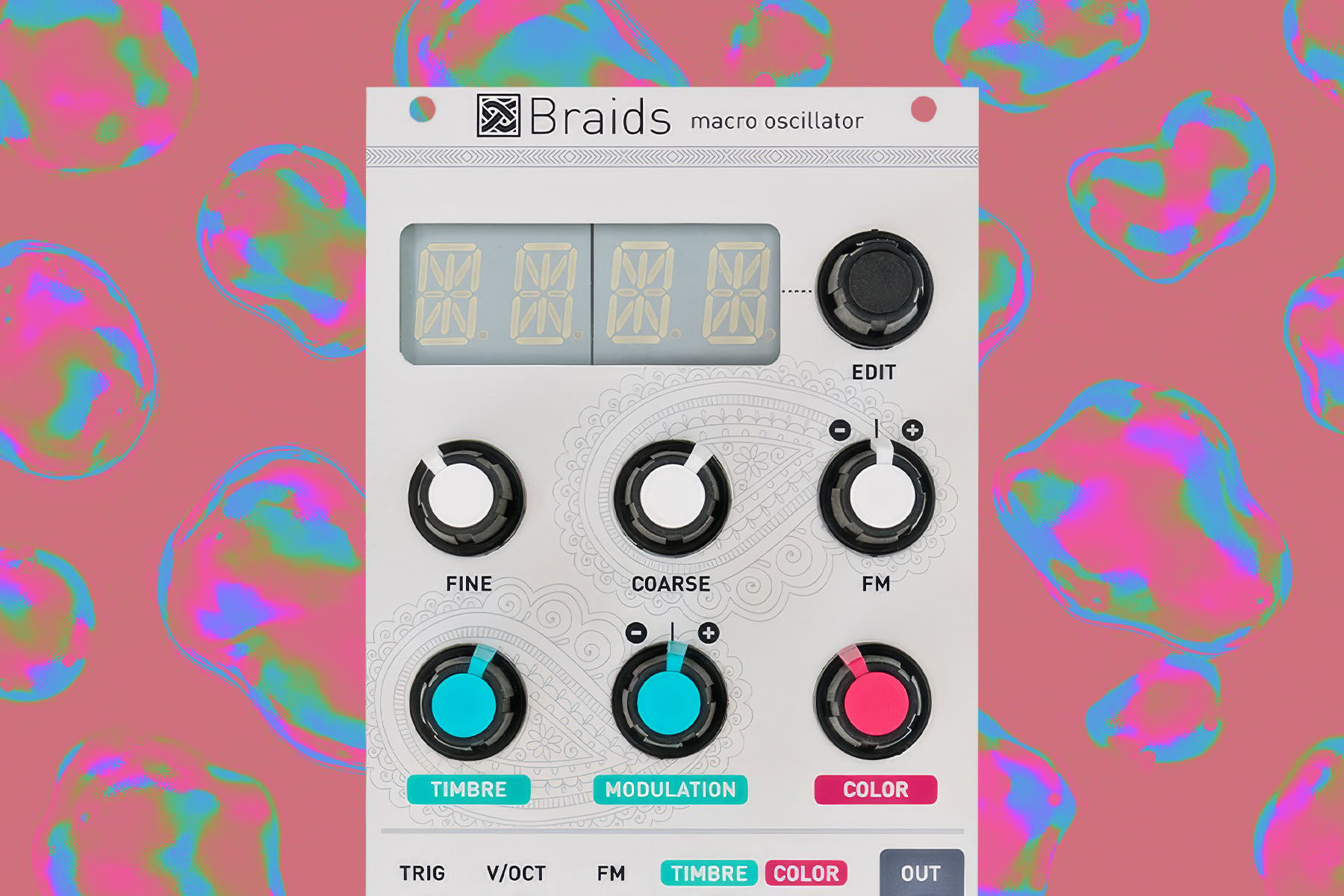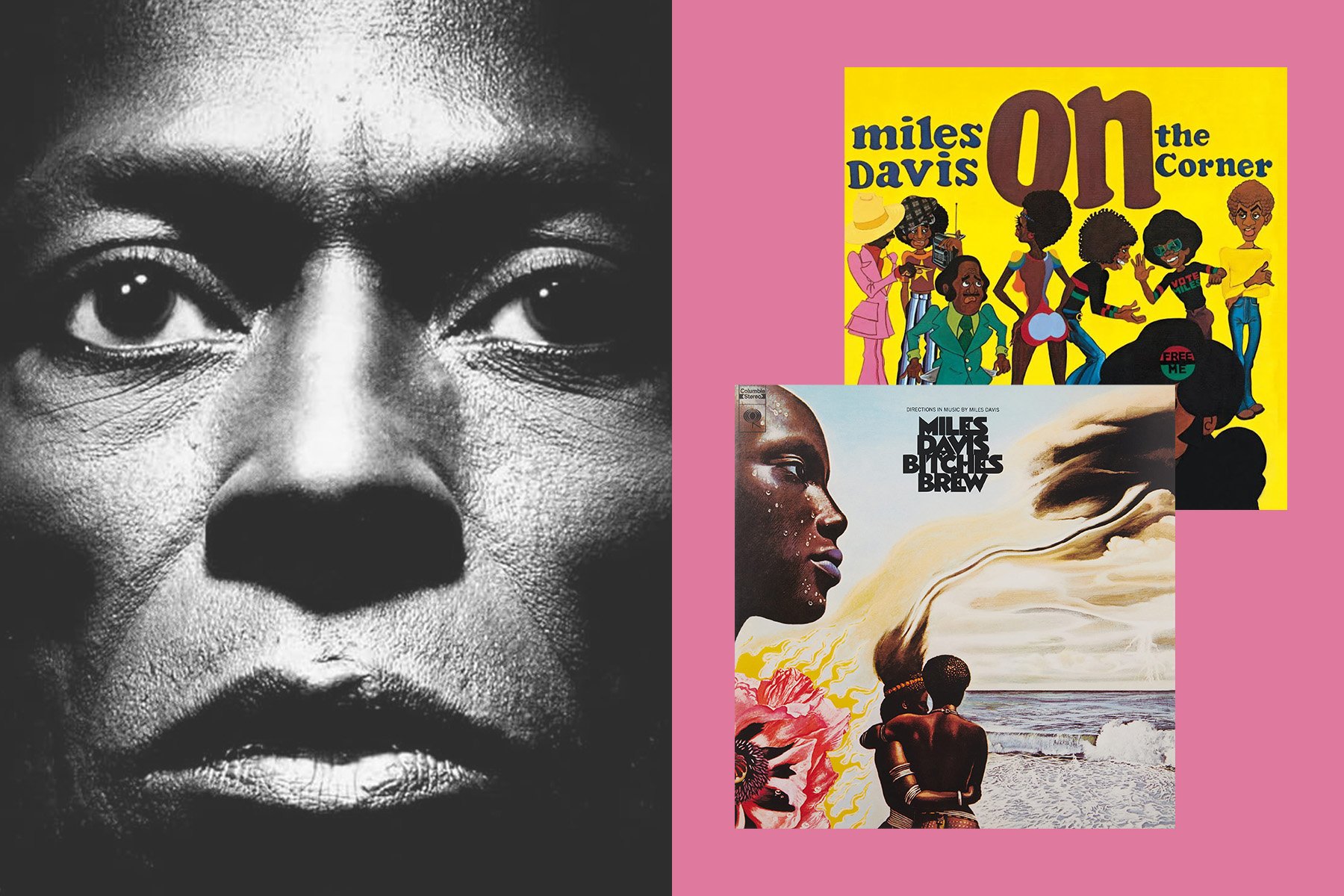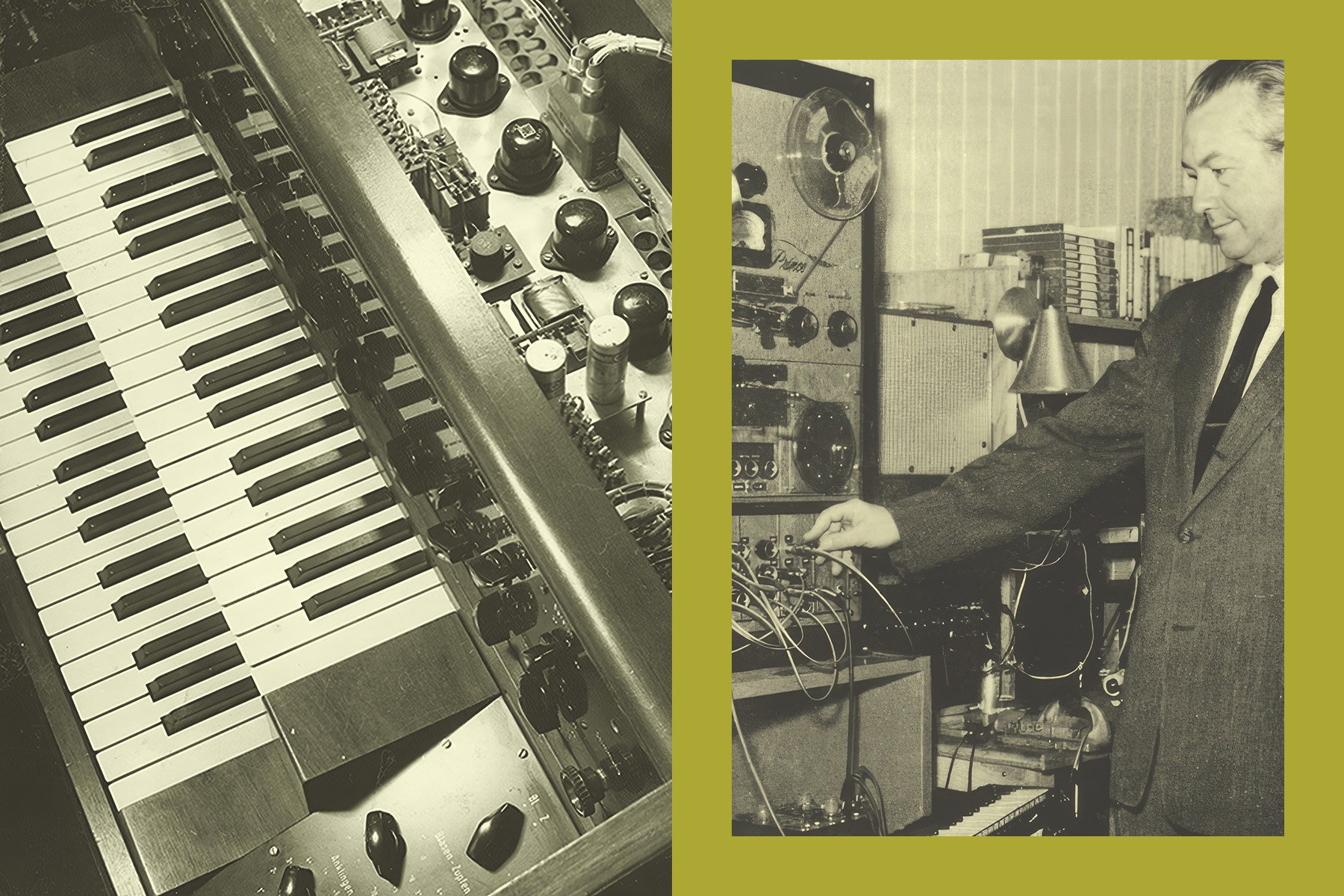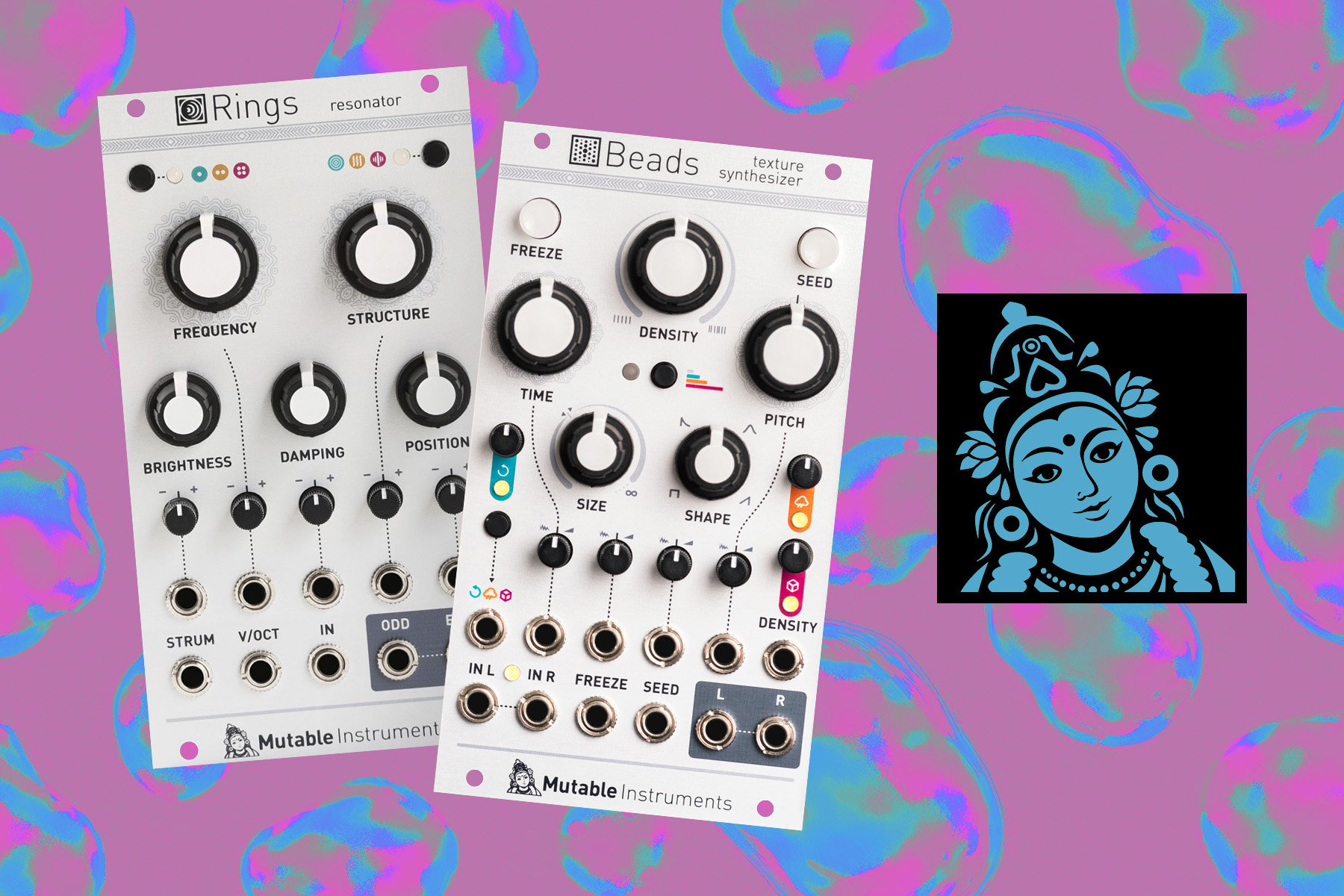Though the concepts of sampling had been around for a few decades, by the 1980s, commercially-available and affordable digital recording technology started really coming into its own. The Akai MPC series has long been one of the most beloved all-in-one music workstations since the first model came to market in 1988.
With an extensive history of technological innovation, the line is still a go-to—having seen many iterations and improvements over the years. Let’s dive into what sampling was like before Akai’s MPC line, how the MPC line developed over the years, and its lasting impact on music production.
This is the history of Akai’s MPC, an all-in-one workstation that revolutionized music production.
Sampling Before MPCs
The first MPC was released in the late 1980s, but in a sense, the concept of sampling in music actually started decades before with the introduction of early recording technologies. In the 1940s and 1950s, experimental musicians notably took to the use of magnetic tape as a recording medium, capturing sounds and meticulously manipulating/editing tape to create new sounds. Perhaps most famously, the musique concrète approach in France made extensive use of real-world sounds as the basis for radical new musical material.
As magnetic tape became the staple of recording in the 1950s, recording engineers used tape machines to chop and loop sounds, utilizing techniques like tape delay and looping. Though it was primitive compared to what sampling is today, it paved the way early on.
In the 1960s, the Mellotron pushed even closer to modern concepts of sampling. A Mellotron is a keyboard instrument that uses magnetic tape cartridges that allow musicians to play the sound of other instruments. Users could not, however, record their own sounds for use on the Mellotron (at least not without extensive modifications to the instrument/its tape cartridges).
During the rise of hip-hop in the late 1970s and early '80s, turntables were used to manipulate sections of existing songs to create new compositions. This type of sampling technique became a production staple of the genre.
With the advent of commercialized digital audio in the 1980s, samplers like the Fairlight CMI allowed for more precise creation and editing of samples. With more features at their disposal, musicians were able to take the concept of sampling to new places. Eventually, the sound and techniques of high-end workstations like the Fairlight and Synclavier found their way into the musical zeitgeist—and many enterprising electronic instrument companies sought ways to build new instruments that utilized similar techniques at lower price points.
The Akai MPC was one such instrument. It combined equipment like drum machines and sequencers in a single piece of gear. Musicians got a new level of control through features like velocity-sensitive pads, faders, and knobs.
MPC Line is Born
In 1988, Akai forged a partnership with engineer Roger Linn to realize a radical idea: an all-in-one music production workstation. They brought Linn on because of his recent design (at the time), the never-quite-widely-released LinnDrum Midistudio.

Though it was fairly expensive expensive and, according to some users, suffered from bugs in the operating system and other elements of the software code, it was a revolutionary polyphonic, multitimbral, 8-bit digital sampler. It had 16 velocity-sensitive rubber pads used to create authentic, real-time expression, and a staggering possibility for 10,490 notes of sequence memory.
Physical elements of the design will be familiar to anyone who’s used an MPC—specifically the 4x4 pressure and velocity-sensitive pads and layout of the transport and control buttons. Linn would go on to incorporate these concepts into his work with Japanese company Akai—teaming up with their engineering division to innovate a piece of music production gear capable of recording and reproducing realistic musical instrument sounds.
This was the birth of the MPC. And little did Akai or Linn know that it would become one of the most popular and widely-utilized music production tools in the world. It pushed a number of heavily electronic musical genres like rap, house, and EDM forward.
Akai MPC Timeline
Considering how revolutionary the MPC line is, it makes sense the product line has seen so many releases over the years. With each new model came new features and ideas introduced to make the music production process more creative and streamlined.
So let’s go over each release in the MPC series and the improvements it introduced to the music production process.
MPC60
1988 saw the market release of Akai’s flagship MPC, the MPC60. It looked very much in line with the technology of the times, almost resembling a cash register rather than a music production center!
Regardless of its size, the sound of the 12-bit sampling engine is still appealing to music producers today—even if only for nostalgia’s sake. It provided 16-voice polyphony and unique outputs like a metronome and an echo effect output that would only be seen on this model.
MPC60II
1991’s 60II model was more wallet-friendly than the first model. One of the most important additions over the previous model was a simple headphone output. The control layout is virtually identical to the previous version, and via a firmware update it’s possible to increase sample length to 23 seconds.
In its time, it signaled that the MPC line had a bright future for fostering what would become the rise in home and project recording setups.
MPC3000
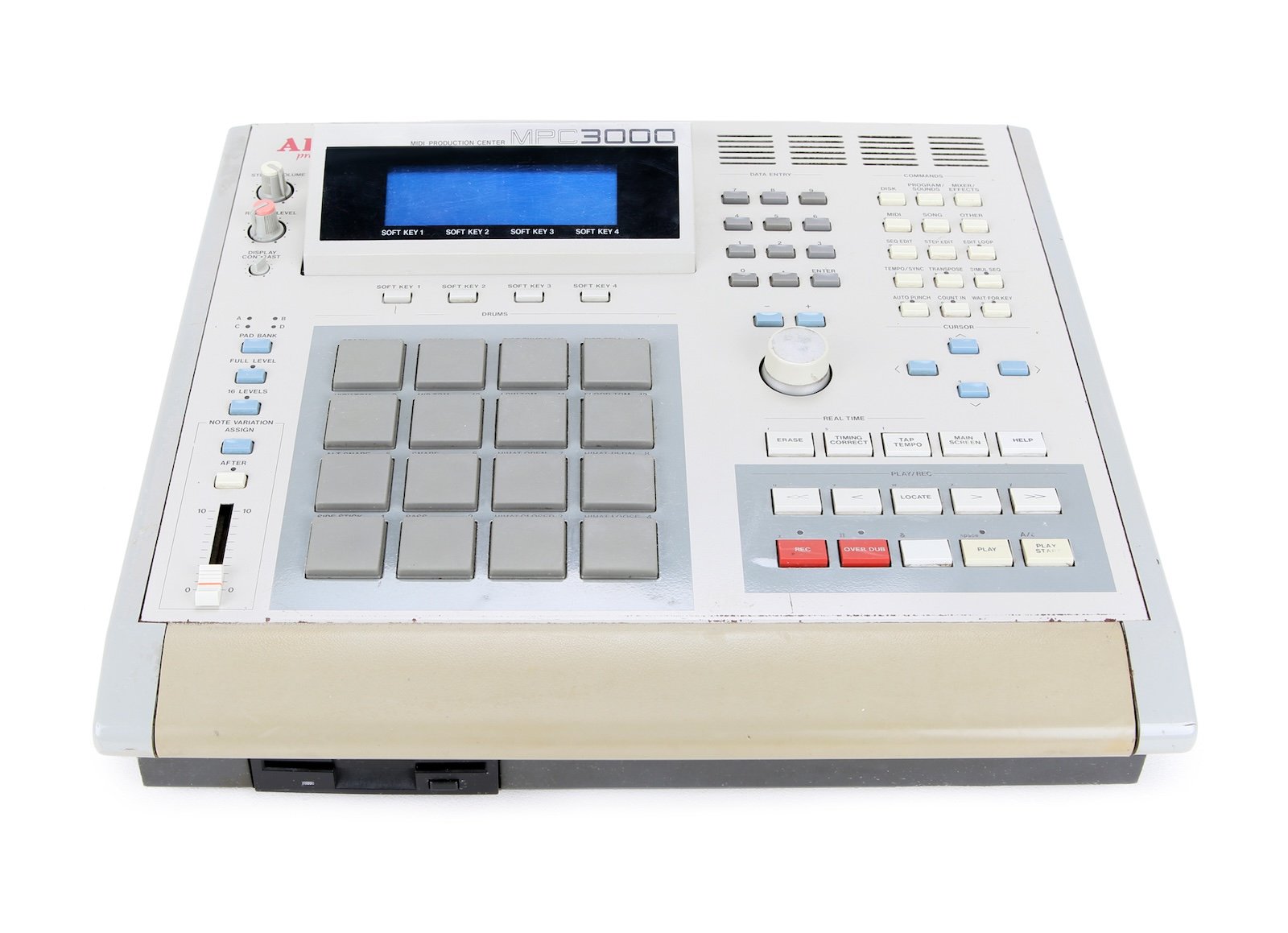
The second in the MPC line came three years later with 1994’s 3000 model. Polyphony grew to 32 voices, there was onboard effects processing, as well as resonant filtering. Quantization was defeatable, which allowed producers to give their creations a more human feel.
Visually, the interface is laid out similar to the 60II, but there was more space between the buttons. The screen is located on the left and the cursor buttons are more spread out, but overall those familiar with the first two models found familiar territory when using it.
MPC2000
Though it seems like the model numbers are moving backward, the 2000, released in 1997, made some solid improvements to the MPC line’s capabilities. It was the first model designed without creator Roger Linn’s input, but that didn’t stop Akai from including some creative innovations.
It featured 16-bit sampling, the memory was expandable, and it included a looper. It provided a platform for some modifications too, like adding more outputs and effects cards that offered different aftermarket features. The layout changed, with the 4x4 pads now on the right and a slimmed down button set.
MPC2000XL
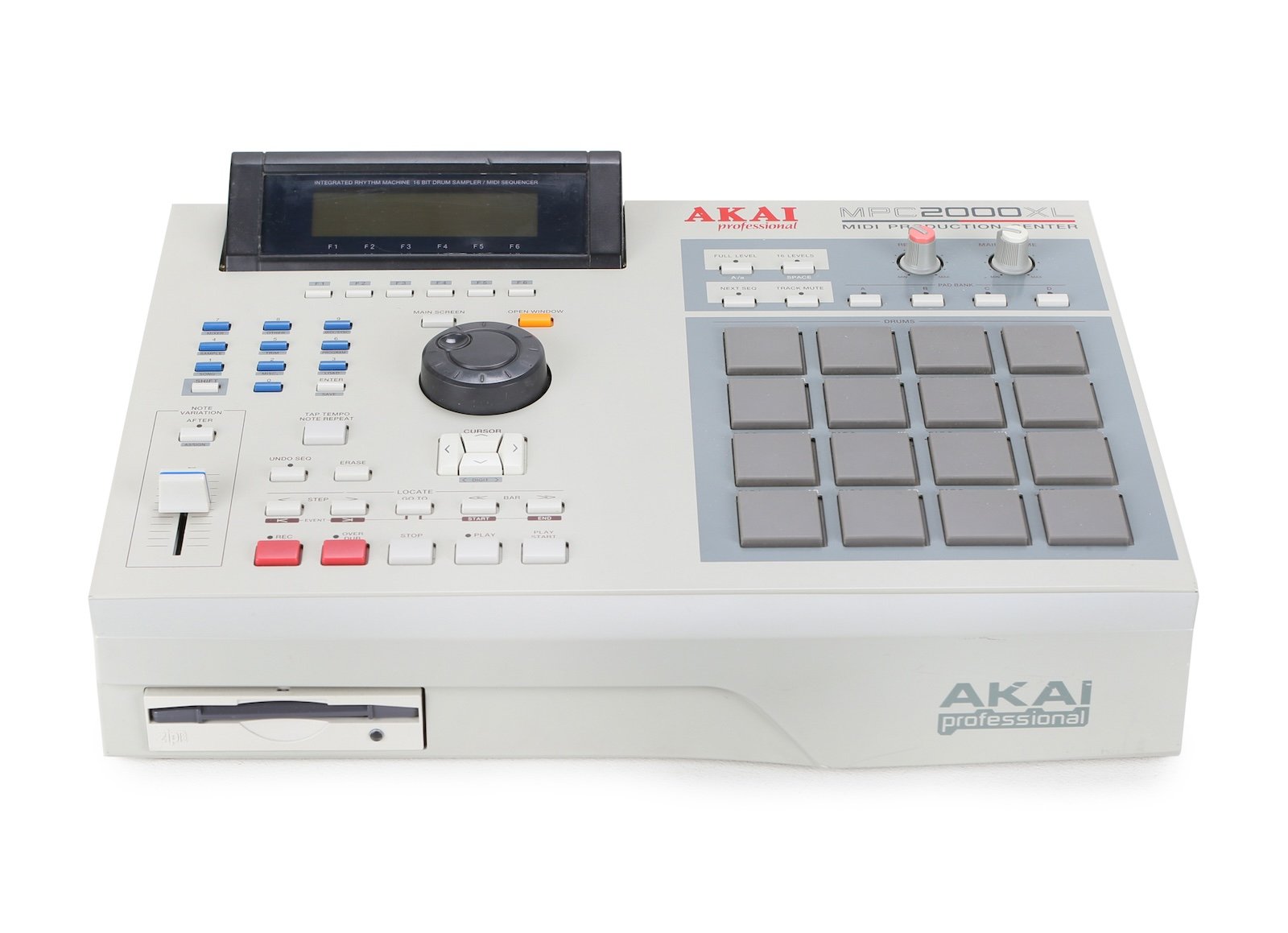
Two years later came the 2000XL. The interface closely resembled the 2000’s, with some additional buttons. It was the most budget friendly MPC yet and added some features users were asking for.
These include more sampling memory, time-stretching, sample chop, and a tiltable screen for easier viewing. Considering how commonplace these types of features are in digital audio workstations, in 1999 they were pretty revolutionary. This proves Akai wanted to stay ahead of the curve to keep up with the changing times and needs of music production.
MPC4000
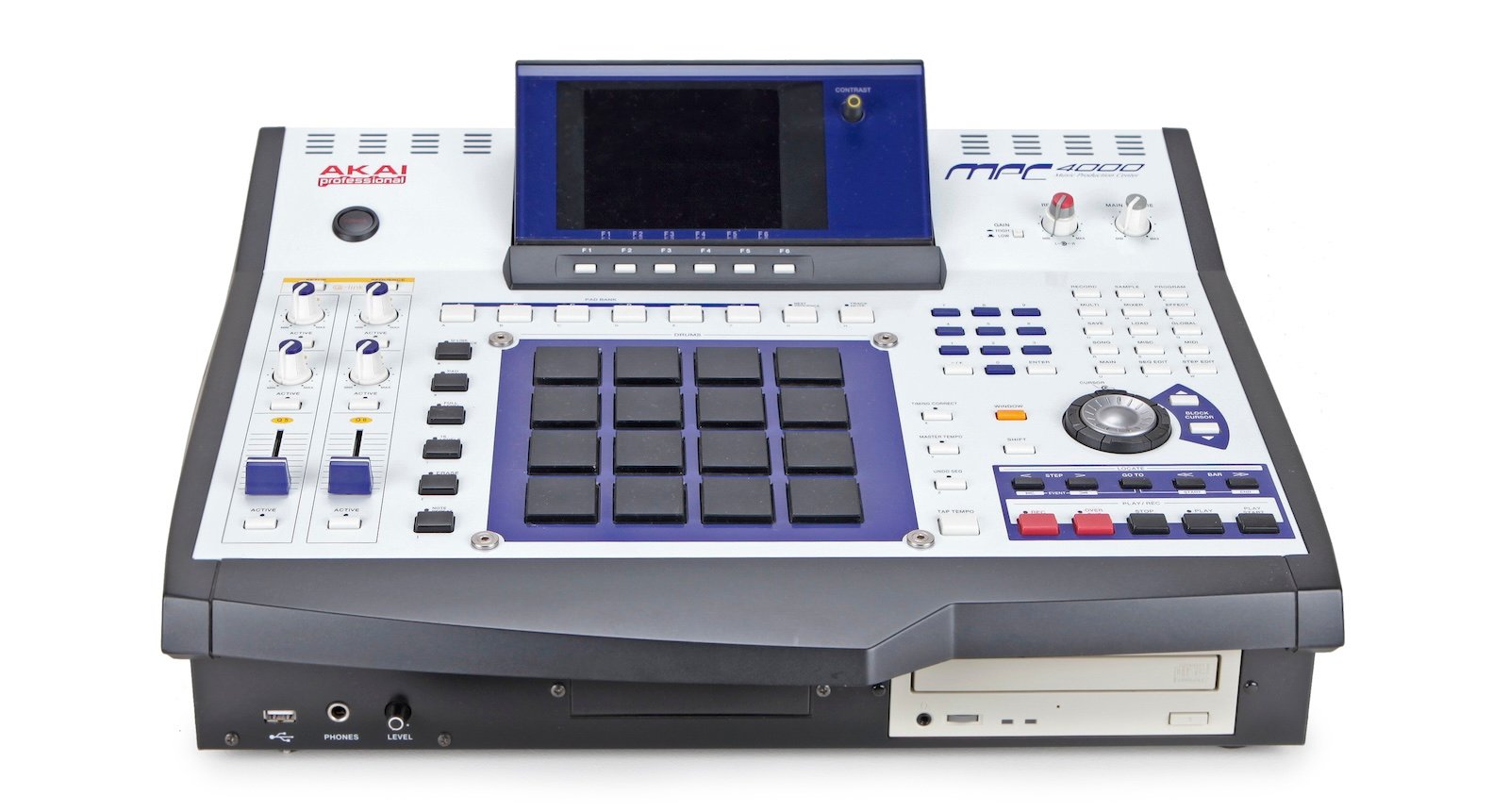
As digital audio technology grew more sophisticated the MPC line had to keep up. Released in 2002, the 4000 was the most modern-looking version yet. The screen was centered for the first time, and it sported the richest control set - and largest format - since the flagship MPC60.
Some of the trailblazing features include a preamp for connecting a turntable. Sampling was increased to 24-bit, it had a CD-R drive, 4-bus effects processing, various filtering and LFOs, and for the first time could read .WAV audio files by loading them from an external drive.
MPC1000

From one of the largest enclosures to one meant to be as compact and portable as possible, the 1000 from 2003 was created for on-the-go music production and live performance. The pads were smaller than previous versions, but still velocity sensitive. The button is greatly reduced over the 4000, but included useful and intuitive controls.
The sampler had 32 stereo voices, it had a range of onboard effects, and re-sampling. Like the 4000, it also supported .WAV files that were readable from a flash memory card or USB port.
MPC2500

One of the most popular models even today, the 2500 continued the trends popular in the middle of the first decade of the millennium. The layout was very similar to the 1000, but with an expanded button set. It had more expandable flash memory and a USB port as well as a flash card. Attaching a CD-R drive was an additional accessory.
One of the most interesting anecdotes about the 2500 is an alternate version of the firmware called “JJOS”. Rumor has it that it was created by engineers who wrote the original operating system for the 1000 and 2500 models. After leaving the company they created the JJOS, greatly expanding what it could do.
MPC500

A product line that never saw much time between iterations, this model was released in 2006. It was another portable model that was even smaller than the 1000. The layout is similar and a little more stripped down.
The familiar 4x3 velocity pads take front and center, it has dual stereo effects, and low-pass filtering for each voice. Despite the small format it had a robust feature set and was popular for use in live performances.
MPC5000
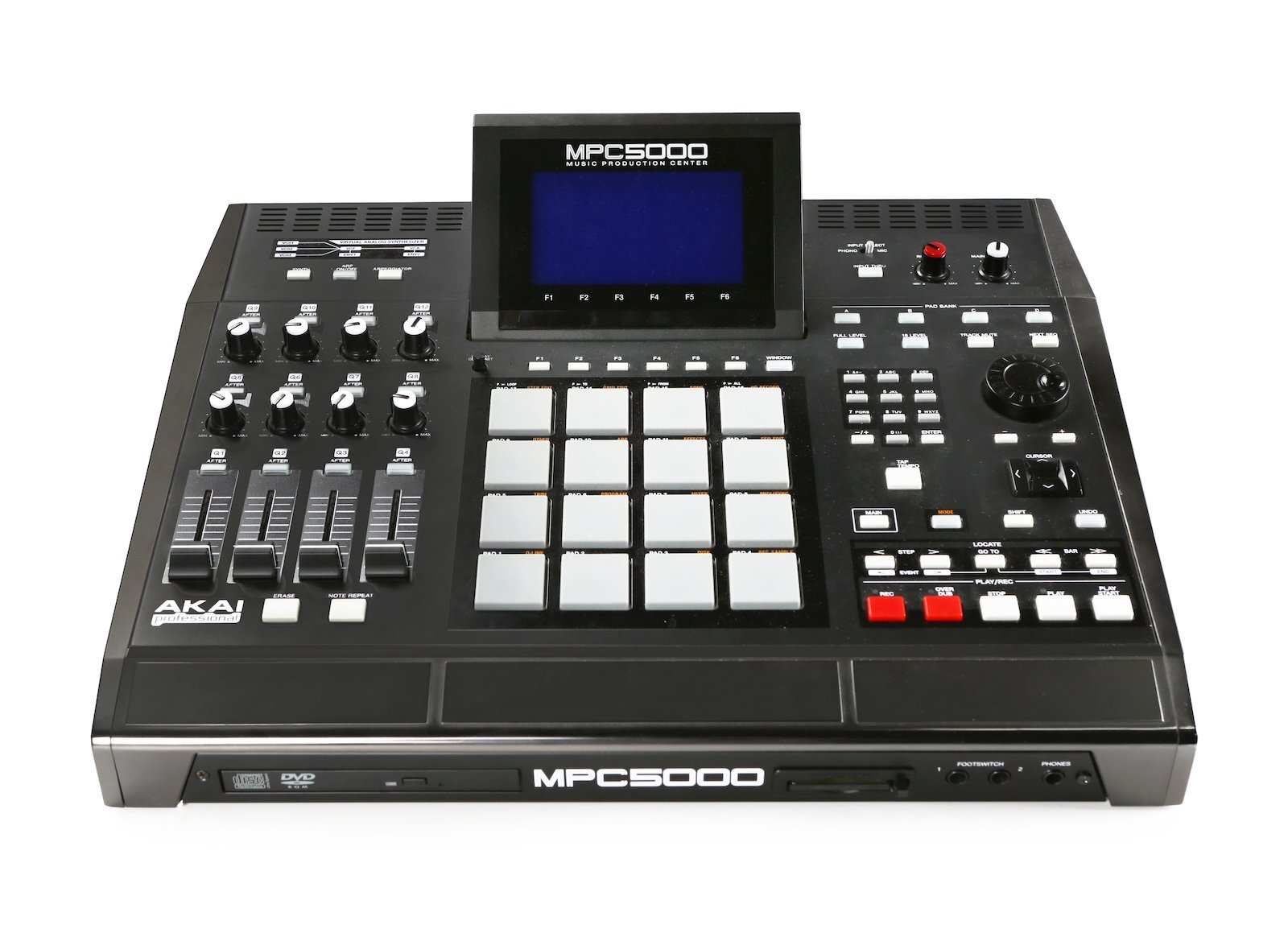
The 5000 is the first model that assumed the modern look that almost all MPCs would follow. Released in 2008, it has a large, tilting screen, 4x4 velocity pads, four knobs and faders. It has multiple next-generation features like an 8-track recorder, virtual synthesizer engine with three oscillators, and analog multimode filtering.
It didn’t catch on with the user base like previous models, but it’s now one of the rarest and most coveted on the used gear market. With the 5000 Akai proved to the industry that they would continue to push the boundaries of what the MPC could do.
When MPCs...Got Kind of Weird
The next round of MPCs from Akai took a different direction: in a world where music production had taken an increasing turn toward dependence on personal computers, the need for dedicated, standalone musical hardware was uncertain. So, the next round of MPCs largely acted as controllers and audio interfaces—allowing a huge degree of flexibility, but lacking independence from computers.
MPC Renaissance
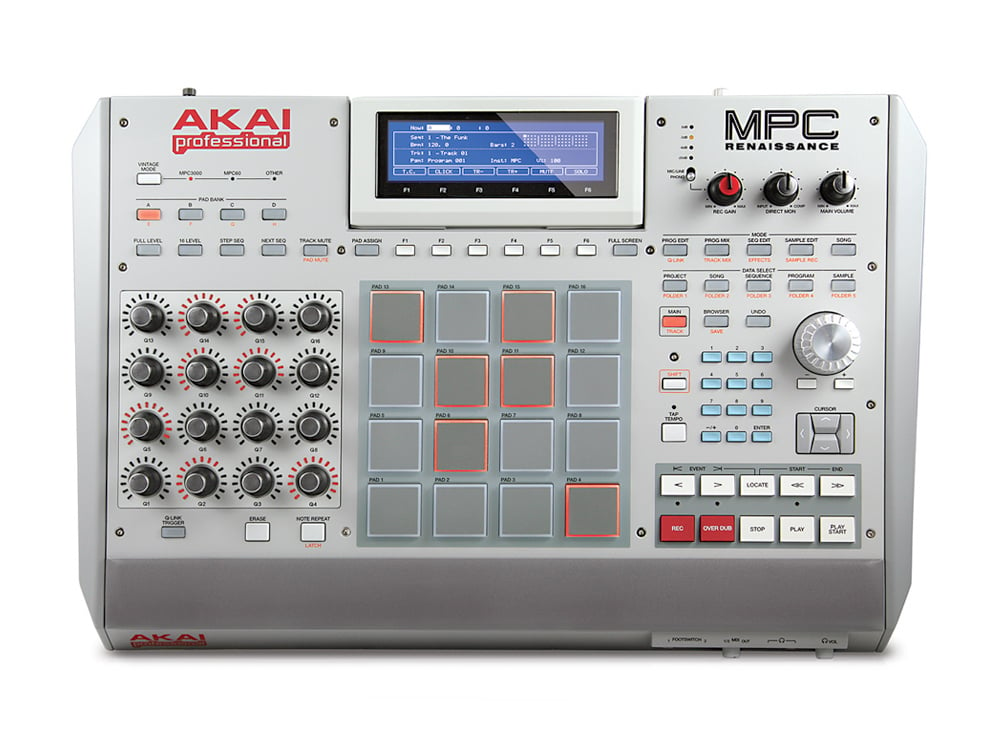
It wouldn’t be until four years later in 2012 that the next MPC would come to market in the Renaissance. Appropriately named, Akai moved product development into other areas when they decided to revisit the idea of all-in-one music workstations.
It’s a combination controller and audio interface that includes a phono preamp for turntable connection. It has 16 pads and knobs and an intuitive control layout for working quickly. And through the MPC software it integrated into the production workflow that had become the norm with DAWs.
Notably, this is the first MPC which doesn't feature internal sampling capability, period: it requires a computer for operation. It had a mixed reception: for many, MPCs represented a music-making workflow completely separate from the laptop. To some, the Renaissance represented a step backward.
MPC Studio

Also released in 2012, the Studio is a dedicated MPC controller without any interface functionality. It has the same screen as the Renaissance and offers the same level of control over the MPC software. It’s powered via USB and has a much slimmer profile than it’s big brother.
The same 4x4 velocity pads are here, but it only has four knobs that are a scroll-wheel design. But it’s got plenty of buttons for creating and controlling samples and transport as well as the MPC software.
MPC Fly
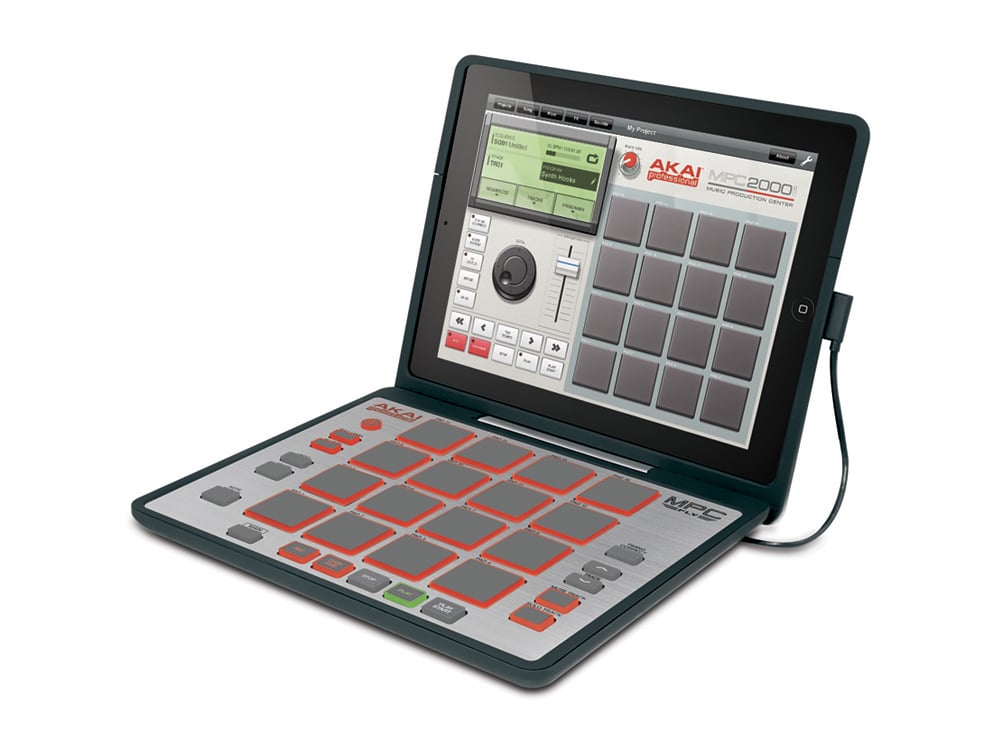
2012 was a big year for the MPC line, and the Fly was Akai’s third release. It’s unique among previous versions, and it’s the first MPC controller that was compatible with tablet devices like the iPad.
But as the first iPad had come to market just two years earlier, it was limited in what it was capable of when it came to the music production process. This means the Fly wasn’t very popular on its release. It was a simple 4x4 pad design, has transport controls, and a few assorted buttons. It’s bare bones, but proved Akai was leading the way creating products to accommodate other types of technology.
MPC Touch

With the MPC Touch in 2015, Akai showed the world where the MPC line was heading in looks and features. For the first time there was a touchscreen and backlit velocity pads. It doubled as a USB audio interface, total control over the MPC software, and a turntable preamp connection.
It only has five knobs, transport controls, and a few various other buttons. This is mostly because a lot of the parameter controls are accessed through the touchscreen. The Touch is an interesting marriage of where the MPC line came from, how it would fit in with where digital audio recording was headed, and yet again proved Akai wasn’t afraid to craft their products around other music production gear so they would integrate with it.
Once again, however, the MPC Touch could only be used along with a computer running the MPC software.
MPC Studio Black Edition
The next year saw the MPC line release one of its sexiest models. For the most part it was an aesthetic upgrade to 2012’s Studio model. It had a physically slimmed down but identical layout to the Studio’s. The knobs and pads were smaller, and the data wheel was overhauled.
It was an interesting update to the Studio, and a much more compact build design. Why Akai chose to release an updated version of that MPC model in particular is interesting, and there’s no denying its visual appeal.
When MPCs Came Back
Several years passed before the introduction of the next model of MPC—and when they came back, they returned to their standalone, non-computer-dependent roots.
MPC Live
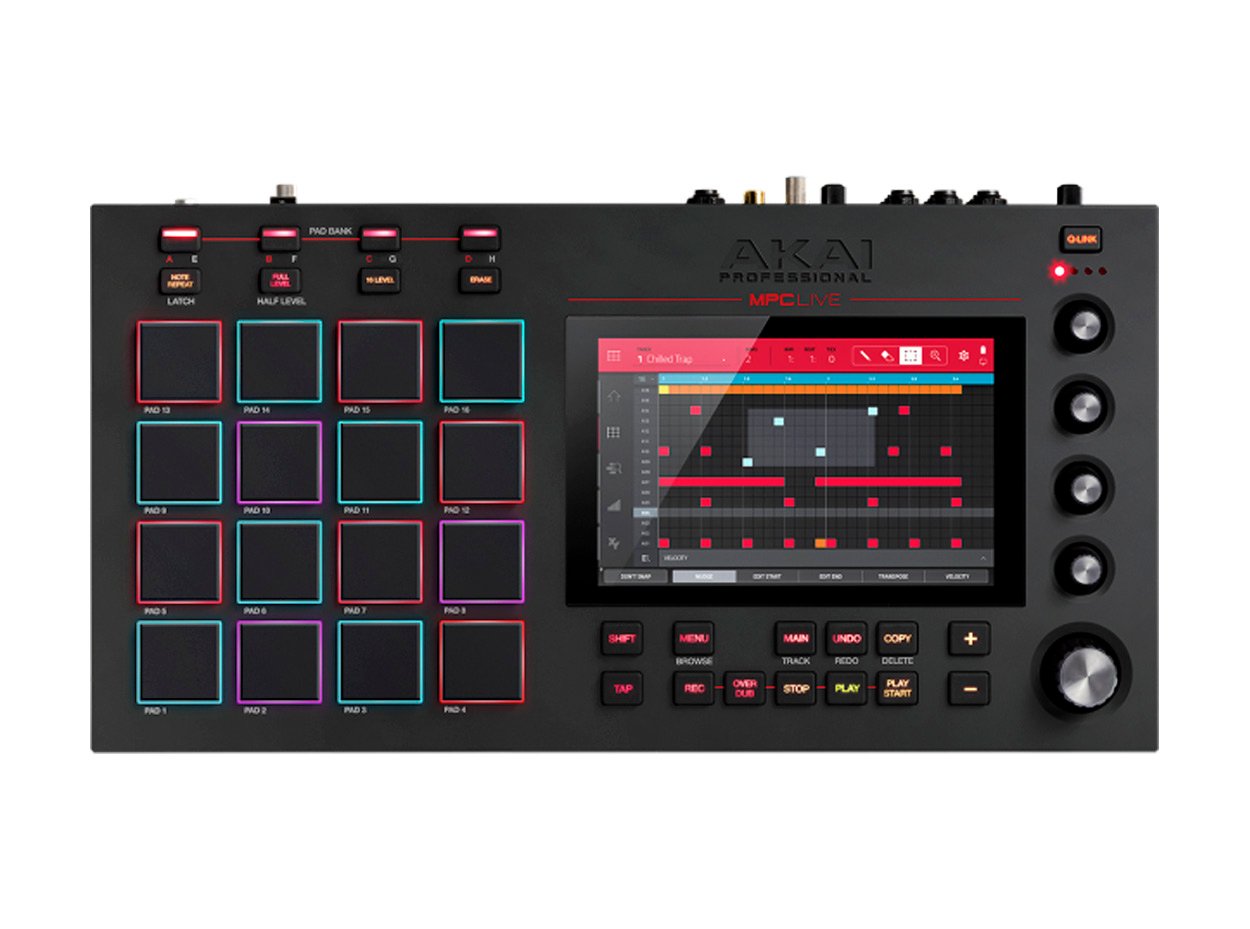
Most MPCs were square in shape, but the Live is rectangular. It had been more than 10 years since Akai brought out a standalone MPC. Released in 2017 it featured a 7” touchscreen just like the one found on the Touch. The velocity pads are backlit, it has 16GB of internal memory, in-line battery power—and most importantly, it once again offered the possibility for standalone, laptop-free music production.
It also had a turntable input, four outputs, and transport. But the coolest features are the Q-Link knobs that are programmable and a clickable jog wheel/knob. It’s not as robust with the physical control set, as most of that is done through the touchscreen and software.
MPC X
Also released in 2017, the MPC X did away with the slim profile and brought the product line back to the large format physical design and robust control features. Being Akai’s prime MPC model it offers everything the Live can do, but with some significant improvements.
At 10” the touchscreen is larger. There are 16 “infinity” control knobs that are assignable. It offers total control over the MPC Software too. The I/O is versatile, with dual mic inputs with phantom power, four total inputs, eight outputs, and eight control voltage (CV) and gate outs.
It’s also a full-featured audio interface with recording, sampling, and resampling capability. Everything is laid out logically, and there are dBfs meters to make sure your levels always stay in check. With a feature set like this, it’s no wonder why the MPC X is considered the gold standard of standalone music production workstations.
MPC One
Bringing the series into the current decade is the MPC One, released in 2020. Built for beginners and newbies to the concept of MPCs, it offers the best of both worlds with almost all of the features that come with the X and Live models.
For starters, the housing is smaller. Its touchscreen takes full advantage of Akai’s updated firmware and the transport and control buttons are a callback to those found on the 2000XL. The jog wheel is updated to be a data-style that works well with the touchscreen capabilities.
Four CV/Gate outputs allow for integration with synthesizers and other external hardware, making it a versatile addition to any music production setup. It’s also friendly on the wallet. All of this considered, the One is a modern MPC that makes for a great introduction to all-in-one music production workstations.
The recently-introduced MPC One+ improves on the original design by increasing internal storage and offering other quality of life improvements.
MPC Live II
Another model from 2020 is the Live II. It takes all the features from the original and adds some new ones, like an onboard speaker. And since Akai has put an emphasis on external hardware integration in recent models it has four CV and Gate outputs.
The interface and control set are identical to the Live. This includes the 7” touchscreen, 16 backlit velocity pads, parameter control knobs, transport, and bank control buttons. All buttons are soft touch and very responsive. Q-Link technology is also here, making the Live II one of the best modern MPCs.
MPC Studio
Finally we come to one of the newest unique models in the line—the new MPC Studio (yes, that model name has been used before), which once again acts as a software controller rather than as a standalone device. It builds on the long lasting legacy of the series and offers some cool new features. The most important is an assignable touch strip controller.
It’s a unique way to create more expression and articulation when controlling effects, bending pitch, adding filter sweeps and controlling the speed of drum parts. There’s no screen, which is interesting considering almost every other model has either an LCD or touchscreen.
MPC Key Series
Let us not forget the MPC Key series, including the MPC Key 61 and the new MPC Key 37—keyboard-format instruments with the same style workflow as the MPC One and other recent entries into the MPC line.
Offering a streamlined music production and performance workflow aimed and composers and keyboardists, the MPC Key series are a remarkable value: they're powerful synthesizers, samplers, and full-fledged production platforms all in a single portable, affordable package.
Legacy of the Akai MPC
The mark that the MPC series left on music technology and production overall is indelible. And although the divergence of original creator Roger Linn and Akai’s relationship seems to have been a bit acrimonious at the time, the company has him to thank for what would become one of their most popular and long-running models of music gear.
Home recording is ubiquitous today, and that is directly due to the features and workflow of the MPC. This is especially true for genres like rap, hip-hop, and electronic music. Across the years the MPC series has been a mainstay in music production with professionals and amateurs alike. It helped spark and perpetuate home recording, and inspired generations of artists to create long before the convenience and power of digital audio workstations and plugins.
The engineers at Akai made sure that each new model addressed the needs of producers and musicians while staying current with evolving music technology. With how the MPC developed over the past 35 years, it will be interesting to see where it goes next.
Brandon Stoner is a lifelong musician and audio engineer who owns more guitars than anyone needs. As a lover of all things writing and music technology, he crafts every piece with his dog Max on his lap.



